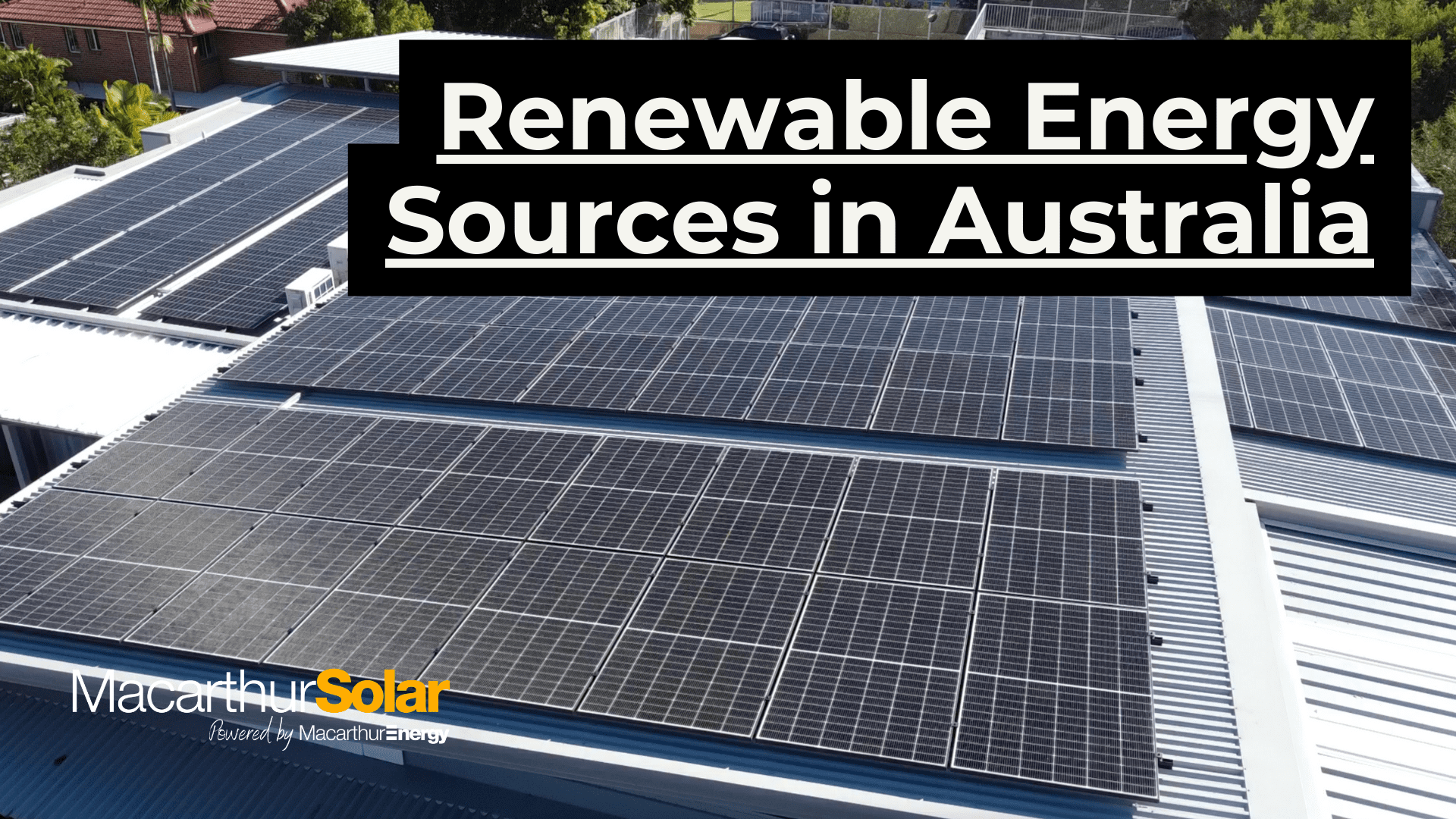Australia, known for its vast landscapes and abundant natural resources, is swiftly becoming a global leader in renewable energy. With the growing need to combat climate change, Australia has been investing heavily in various renewable energy sources, including solar, wind, and hydro power. This article delves into the different renewable energy sources in Australia, with a particular focus on solar energy, and examines the distribution of solar power across Australian states.
Solar energy is one of the most significant renewable energy sources in Australia. With our abundance of sunshine, Australia is ideally positioned to harness our suns energy. The country has seen a substantial increase in solar panel installations, both at the residential and commercial levels.
Solar energy production varies significantly across Australian states due to differences in sunlight exposure, population density, and government policies. Below are some charts that illustrate the amount of solar energy produced in each state.
In addition to solar energy, wind energy is another major renewable resource in Australia. The country’s expansive and open landscapes, particularly in coastal regions, provide ideal conditions for wind farms. States like South Australia and Victoria are leading the way in wind energy production.
Hydro power has been a long-standing renewable energy source in Australia. The Snowy Mountains Scheme is one of the largest engineering projects in the country, providing a significant portion of Australia’s hydroelectric power. Tasmania, with its abundant water resources, also contributes substantially to hydro power generation.
Australia’s commitment to renewable energy is evident in its policies and investments. The government and private sector are working together to increase the share of renewable energy in the national grid. With continuous advancements in technology and increased awareness about sustainability, the future of renewable energy in Australia looks promising.


